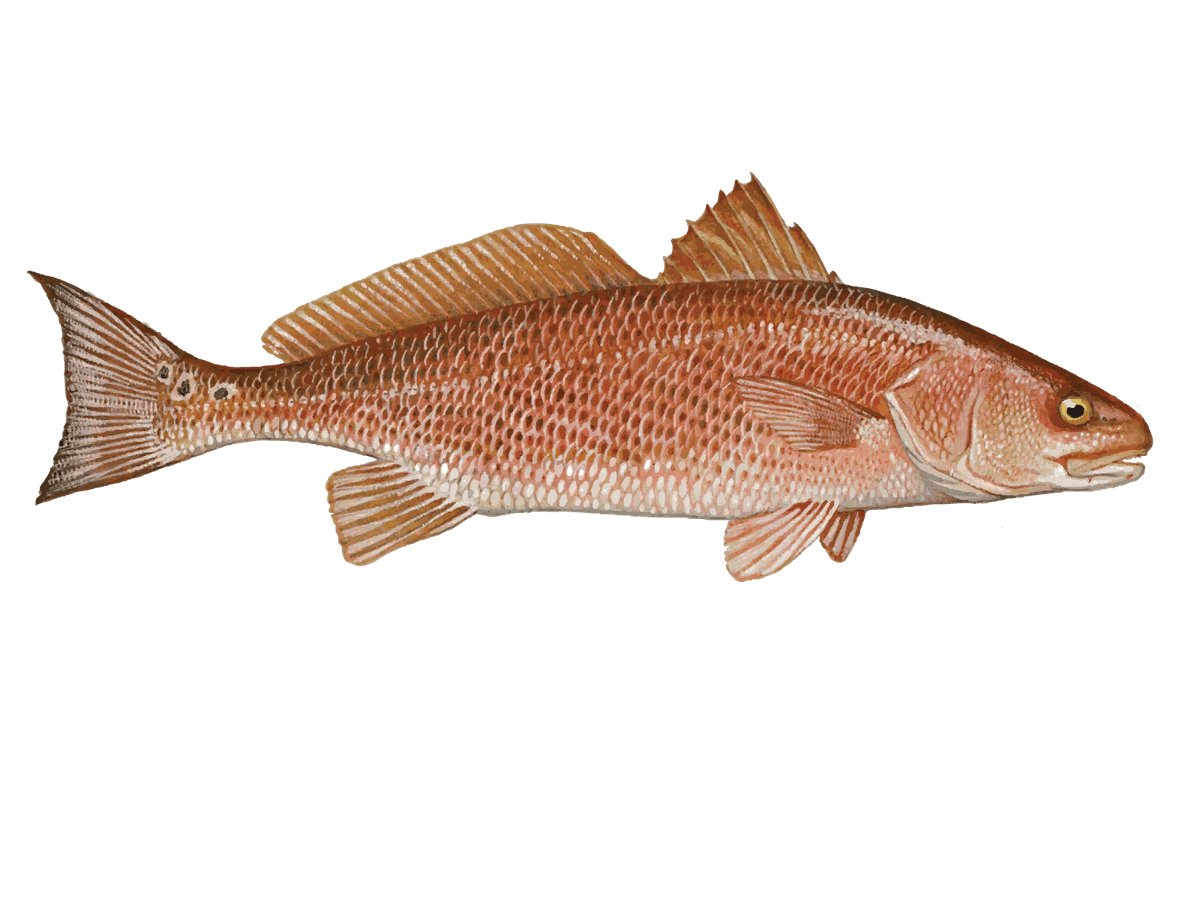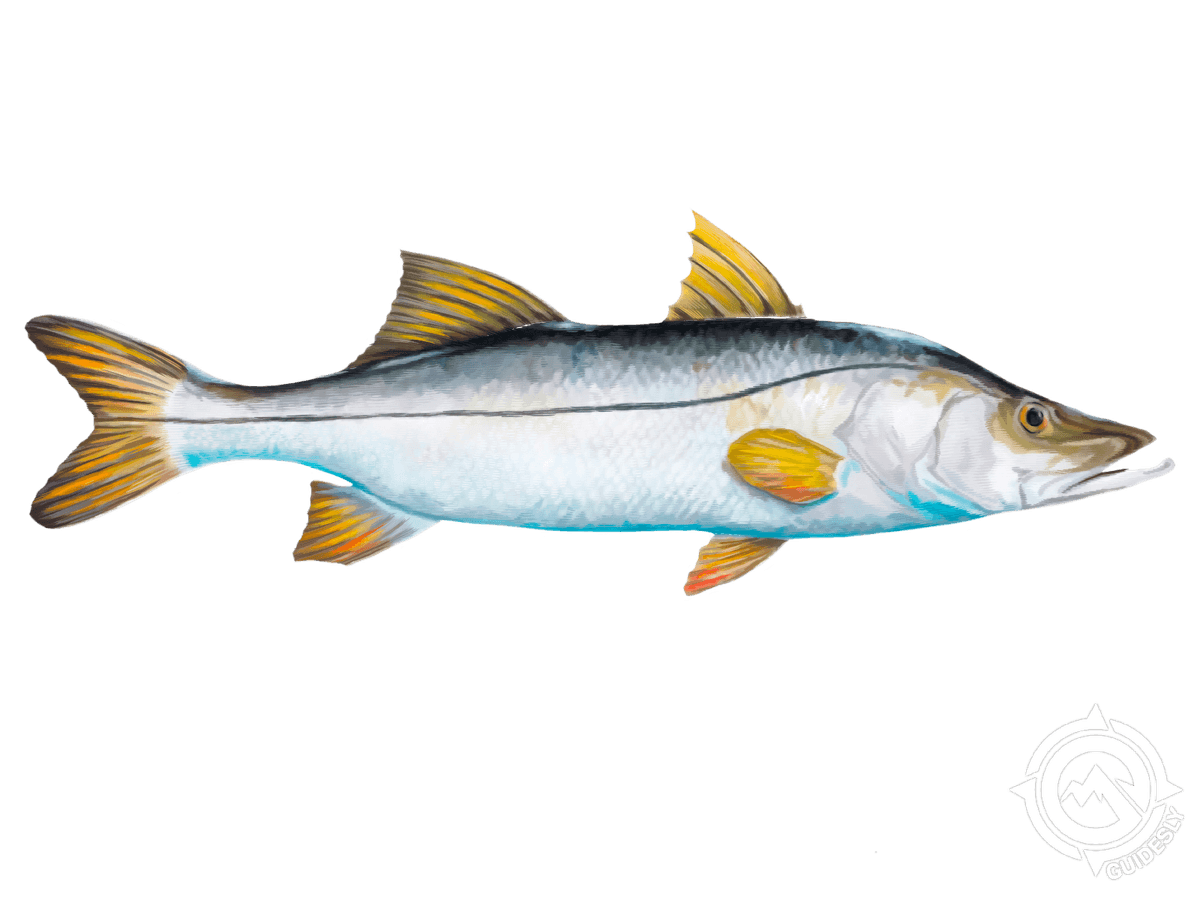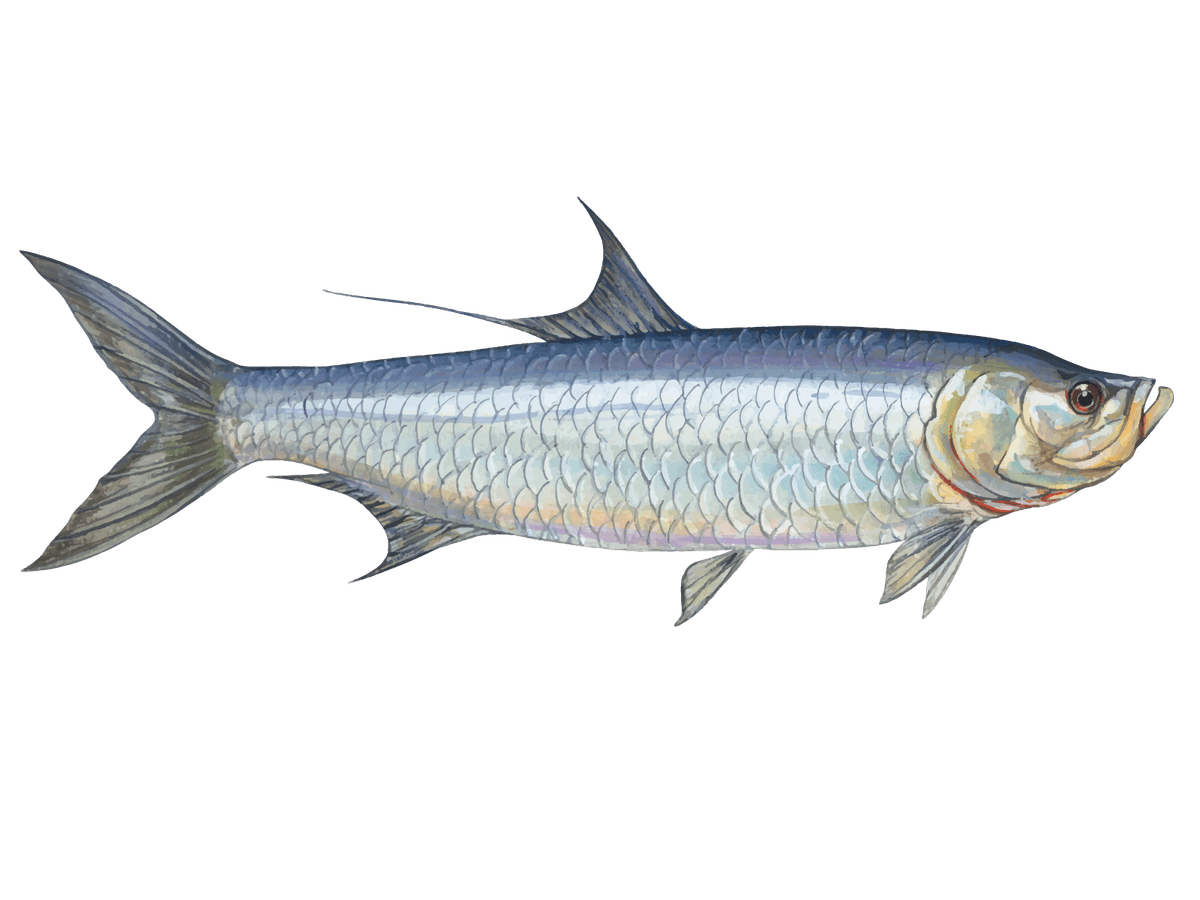Sarasota Bay Artificial Lure Fishing Trip
- Published Date: November 14, 2025
- Fishing
- Sarasota
- $200 - $650 price range
Summary
%2F%2Fusers%2F9183c9f1-2c8f-4642-bedf-a410db564e7b%2Fratecard%2F545690160_122140295174804462_2352688461990365507_n-mhlci7ob.jpg&w=1200&q=75)
Sarasota Bay Catches


Sarasota's Quick Cast: Reds, Trout, and More
Hey there, anglers! Ready for a morning of non-stop action on Sarasota Bay? Captain Jose here, and I've got just the trip for you. We're talking about a laser-focused artificial lure expedition that'll have you casting for some of Florida's most sought-after inshore species. No live bait, no fuss – just you, your rod, and the thrill of the hunt. Whether you're after that trophy redfish or looking to perfect your trout technique, this quick-hit trip is designed to maximize your time on the water and your chances of landing a keeper.
What's the Deal?
Picture this: You're gliding across Sarasota Bay as the sun peeks over the horizon, rod in hand, ready to sling some lures. We're not messing around with live bait on this trip – it's all artificial, all the time. That means we can cover more water and target the big three: snook, redfish, and speckled sea trout. And here's the kicker – you can keep what you catch (as long as it's legal), or we can practice some catch-and-release if that's more your style. I've got two coolers on board: one for your drinks and snacks, and another that'll hopefully be full of fish by the time we're done. All the gear you need is provided, but feel free to bring your own lucky rod if you've got one.
Lures, Lines, and Locals
Alright, let's talk tackle. We're going light and fast on this trip, folks. I'm talking about 7-foot medium-action rods paired with 2500-3000 size reels spooled with 10-15 lb braid. For you tech-heads out there, we'll be throwing a mix of soft plastics, topwater walkers, and suspending twitchbaits. The key here is versatility – we might start the morning working a grass flat for trout, then switch gears and pitch jigs under docks for snook as the sun gets higher. And don't worry if you're new to artificial lures – I'll show you the ropes, from the 'walk-the-dog' retrieve to the subtle twitch that drives redfish crazy.
Species You'll Want to Hook
Let's break down the big three you'll be casting for on this trip:
Snook: These are the rock stars of inshore fishing. Snook are ambush predators with a serious attitude problem – in a good way. They love to hang around structure like mangroves and docks, and when they hit, they hit hard. The "snook strike" is something every angler needs to experience. These guys are catch-and-release most of the year, but when the season's open, they make for some fantastic eating.
Redfish: Also known as red drum, these copper-colored beauties are the bulldogs of the flats. They've got a distinctive spot on their tail, and when they're tailing in shallow water, it's a sight that'll get your heart racing. Redfish are known for their strong runs and their ability to test your drag system. They're great on the dinner table too, with a mild, sweet flavor that's hard to beat.
Speckled Sea Trout: Don't let the name fool you – these aren't your grandpa's brook trout. Specks are saltwater predators that school up on grass flats and around potholes. They're known for their soft mouths, so a light touch is key when fighting them. What they lack in pure power, they make up for in numbers. When you find a school of trout, it's not uncommon to catch one on every cast. Plus, they're delicious – perfect for a fish fry back at the dock.
Why Anglers Keep Coming Back
Look, I've been guiding these waters for years, and there's a reason folks keep booking this trip. It's not just about the fish – though trust me, we'll find them. It's about that perfect morning on the water. The way the light hits the bay as we're idling out. The sudden explosion of a snook crushing a topwater lure. The satisfied grin when you land your first redfish on artificial. It's a pure, hands-on fishing experience that'll have you thinking about your next trip before we even get back to the dock.
Time to Wet a Line
Alright, let's cut to the chase. If you're looking for a no-nonsense, action-packed morning of fishing, this is your ticket. We'll be on the water early, off the water early, and with any luck, you'll have some fresh fish for dinner and a whole bunch of new stories to tell. Whether you're a seasoned pro or just getting your feet wet in the saltwater game, this trip is designed to put you on fish and improve your skills. So what do you say? Ready to sling some lures and bend some rods? Book your spot now, and let's make it happen. Trust me, you will Always have N Adventure when you fish with me in Sarasota Bay!
Learn more about the animals
Redfish
Redfish, or red drum, are a favorite target in Sarasota Bay. These copper-colored bruisers with a distinctive tail spot typically run 20-30 inches in the bay. You'll find them tailing in shallow flats, often in water barely deep enough to cover their backs. Redfish love to cruise mangrove shorelines and oyster bars, especially on rising tides. They put up a stubborn fight, often making powerful runs when hooked. Anglers prize redfish for both their fight and their excellent eating quality. Look for them year-round, but fall is prime time when they school up. Gold spoons and soft plastics work well, but nothing beats a live shrimp or pinfish for bait. Local trick: on calm days, scan shallow flats for their copper bodies or tails breaking the surface.

Sea Trout
Speckled sea trout are a staple in Sarasota Bay, found year-round in grassy flats and deeper holes. These spotted beauties usually run 14-24 inches and put up a decent fight on light tackle. Early morning and late evening are prime times to catch trout, especially around moving tides. They're ambush predators, so work your lure or bait with a stop-and-go retrieve. Trout are popular for their willingness to bite and their excellent table fare. In cooler months, look for them schooling in deeper channels. Soft plastics and live shrimp are go-to baits, but topwater lures can produce exciting strikes at dawn and dusk. Pro tip: fish the edges of grass flats where trout wait to ambush prey moving with the tide.

Sheepshead
Sheepshead are the convicts of Sarasota Bay, with their distinctive black and white stripes. These crafty fish typically run 1-8 pounds and hang around structure like docks, pilings, and oyster beds. They're notorious bait stealers, using their human-like teeth to pick crabs and barnacles off pilings. Spring is prime sheepshead season when they gather to spawn. Light tackle and a sensitive touch are key to feeling their subtle bites. Anglers love targeting sheepshead for their tasty white meat and the challenge of hooking them. They're not the strongest fighters, but outsmarting them is half the fun. Try using a small hook with fiddler crab or oyster for bait. Local secret: scrape some barnacles off a piling to chum them up.

Snook
Snook are one of the most exciting fish to target in Sarasota Bay. These sleek predators typically run 1-3 feet long and put up a tremendous fight. You'll find them lurking around mangroves, docks, and other structures in shallow water. Early morning and evening are prime times to catch snook, especially on moving tides. They're ambush feeders, so work your lure or bait near cover. Snook are prized for their strength and acrobatics - be ready for some spectacular jumps when you hook one. Their meat is also delicious, but many anglers practice catch-and-release to conserve the population. Pro tip: use a circle hook to improve your hookup ratio and reduce gut-hooking these crafty fish.

Tarpon
Tarpon are the giants of Sarasota Bay, growing up to 8 feet and 280 pounds. These prehistoric-looking fish are known for their spectacular aerial displays when hooked. You'll find them rolling and gulping air in deeper channels and around bridges, especially in late spring and summer. Tarpon migrate through the area, so timing is key. Most anglers target them with live bait like crabs or mullet, but fly fishing for tarpon is the ultimate challenge. They're purely catch-and-release - not good eating, but the thrill of battling one makes up for it. Be patient and persistent; tarpon can be finicky. When you do hook up, be ready for a long, exhausting fight. Local tip: watch for birds diving on bait schools, as tarpon are often feeding below.

About the Always N Adventure Fishing Cha
%2F%2Fusers%2F9183c9f1-2c8f-4642-bedf-a410db564e7b%2Fvehicle_picture%2Fade0820abf60e937aa634a301e757360-mhlbhlad.jpg&w=1200&q=75)
Vehicle Guest Capacity: 2
Manufacturer Name: Yamaha
Maximum Cruising Speed: 36
Number of Engines: 1
Horsepower per Engine: 115
%2Ffit-in%2F250x250%2Fguide_websites%2F56408%2Fimages%2F17628124699966c0fd588-cc52-4587-946f-a4281b44be75.png&w=1200&q=100)
%2Fusers%2F9183c9f1-2c8f-4642-bedf-a410db564e7b%2Fimages%2Fsummer-flounder-florida-fishing-2610.jpg&w=768&q=75)
%2Fusers%2F9183c9f1-2c8f-4642-bedf-a410db564e7b%2Fimages%2Fgag-grouper-sarasota-catch-2637.jpg&w=768&q=75)
%2Fusers%2F9183c9f1-2c8f-4642-bedf-a410db564e7b%2Fimages%2Fredfish-sarasota-fishing-2712.jpg&w=768&q=75)
%2Fusers%2F9183c9f1-2c8f-4642-bedf-a410db564e7b%2Fimages%2Fgreat-catch-florida-2792.jpg&w=768&q=75)
%2Fusers%2F9183c9f1-2c8f-4642-bedf-a410db564e7b%2Fimages%2Fredfish-caught-sarasota-2763.jpg&w=768&q=75)
%2Fusers%2F9183c9f1-2c8f-4642-bedf-a410db564e7b%2Fimages%2Fredfish-caught-florida-2696.jpg&w=768&q=75)
%2Fusers%2F9183c9f1-2c8f-4642-bedf-a410db564e7b%2Fimages%2Ffishing-adventure-florida-2759.jpg&w=768&q=75)
%2Fusers%2F9183c9f1-2c8f-4642-bedf-a410db564e7b%2Fimages%2Fspotted-weakfish-fishing-fl-2562.jpg&w=768&q=75)
%2Fusers%2F9183c9f1-2c8f-4642-bedf-a410db564e7b%2Fimages%2Fsarasota-fishing-adventure-2448.jpg&w=768&q=75)
%2Fusers%2F9183c9f1-2c8f-4642-bedf-a410db564e7b%2Fimages%2Fredfish-sarasota-fishing-2540.jpg&w=768&q=75)
